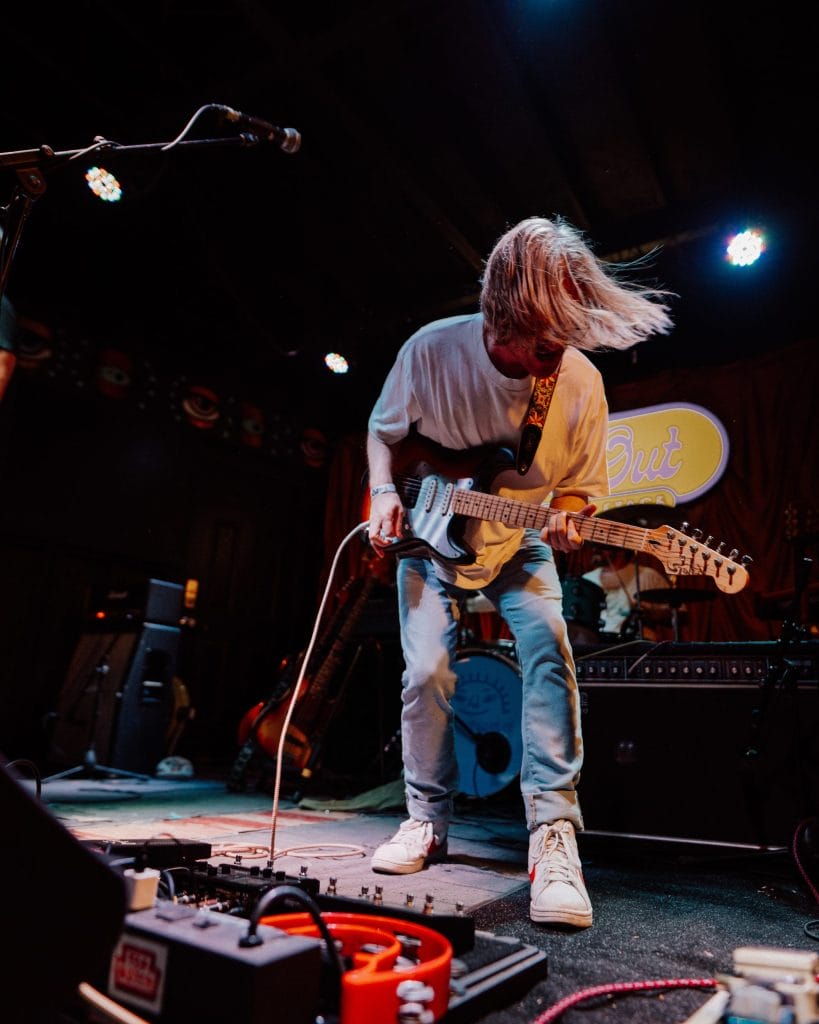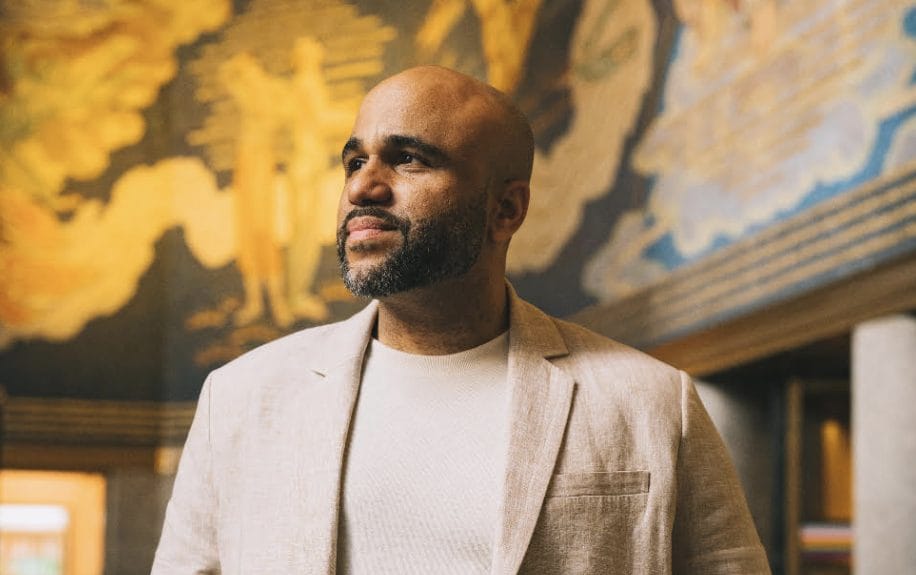Table of Contents
This is a guest Op-Ed by Pablo G Velez
Before stepping onto an American stage, international EDM artists must first navigate the complex world of U.S. artist visas—specifically, the O-1B visa for individuals with extraordinary ability and the P-1B visa for members of internationally recognized entertainment groups. Both visa types require extensive evidence, and knowing what to present can make or break a petition.
The O-1B Visa: For Individuals with Extraordinary Ability
The O-1B visa is for artists who can demonstrate a level of distinction in their field that is significantly above the norm. USCIS defines this as “a degree of skill and recognition substantially above that ordinarily encountered.”
To qualify, an EDM DJ must show they meet at least three out of six possible evidentiary criteria:
- Lead role in productions or events with distinguished reputations: Performing on the main stage at Tomorrowland, Ultra Music Festival, or EDC Las Vegas; headlining sold-out shows at iconic U.S. venues like Red Rocks or Webster Hall or clubs or festivals that have made or are currently on DJ Mag’s Top 100 list.
- Critical reviews or published materials about the artist: Feature articles or interviews in DJ Mag, Mixmag, Billboard Dance, Resident Advisor, or coverage in major newspapers or EDM blogs.
- Record of major commercial or critically acclaimed success: Millions of Spotify or SoundCloud streams, chart rankings on Beatport or Billboard, or music featured in high-profile playlists or sets.
- Significant recognition from experts in the field: Letters from respected industry professionals such as talent buyers, producers, Grammy-nominated/winning collaborators, or veteran promoters attesting to the artist’s influence.
- High salary or other remuneration compared to others in the field: Evidence of booking fees, invoices, or tour budgets that demonstrate higher-than-average earnings.
- Lead or critical roles with organizations with distinguished reputations: Naturally redundant with the first criteria mentioned, this prong focuses on the artist having collaborated with big industry names such as Live Nation, Insomniac, Amsterdam Dance Event, and Defected Records, just to name a few.
The P-1B Visa: For Members of Internationally Recognized Groups
The P-1B visa is designed for groups (typically two or more members) that have achieved international recognition. The group must be recognized for sustained success and a high level of achievement. At least 75% of the group’s members must have been with the group for at least one year.
Key criteria and examples of supporting evidence include:
International Recognition: Touring internationally, charting in multiple countries, or having a fan base and media coverage across global markets.
Reputation of the Group’s Performances: Lineups at globally renowned festivals (e.g., ADE, Creamfields, Sónar), regular bookings at elite clubs like Berghain, Printworks, or Fabric.
Commercial Success and Industry Recognition: Record deals with prominent EDM labels (e.g., Anjunabeats, Armada, Spinnin’), sync licensing deals, or awards from music organizations.
Letters of Endorsement: Like the O-1B, the P-1B also benefits from expert letters—especially from booking agents, venue owners, or managers who’ve worked closely with the group and can vouch for their standing.
Final Thoughts
Whether you’re a breakout techno DJ, a progressive house producer, or a hardstyle duo, your artistic journey can be documented in ways that satisfy immigration authorities—if you know how to frame it. The O-1B and P-1B visas are not about just being good; they’re about proving you’re exceptional. With the right evidence and guidance, your sound can reach U.S. audiences legally and successfully.
The post Evidence: What Artists Need to Show Immigration for Approval appeared first on Magnetic Magazine.






